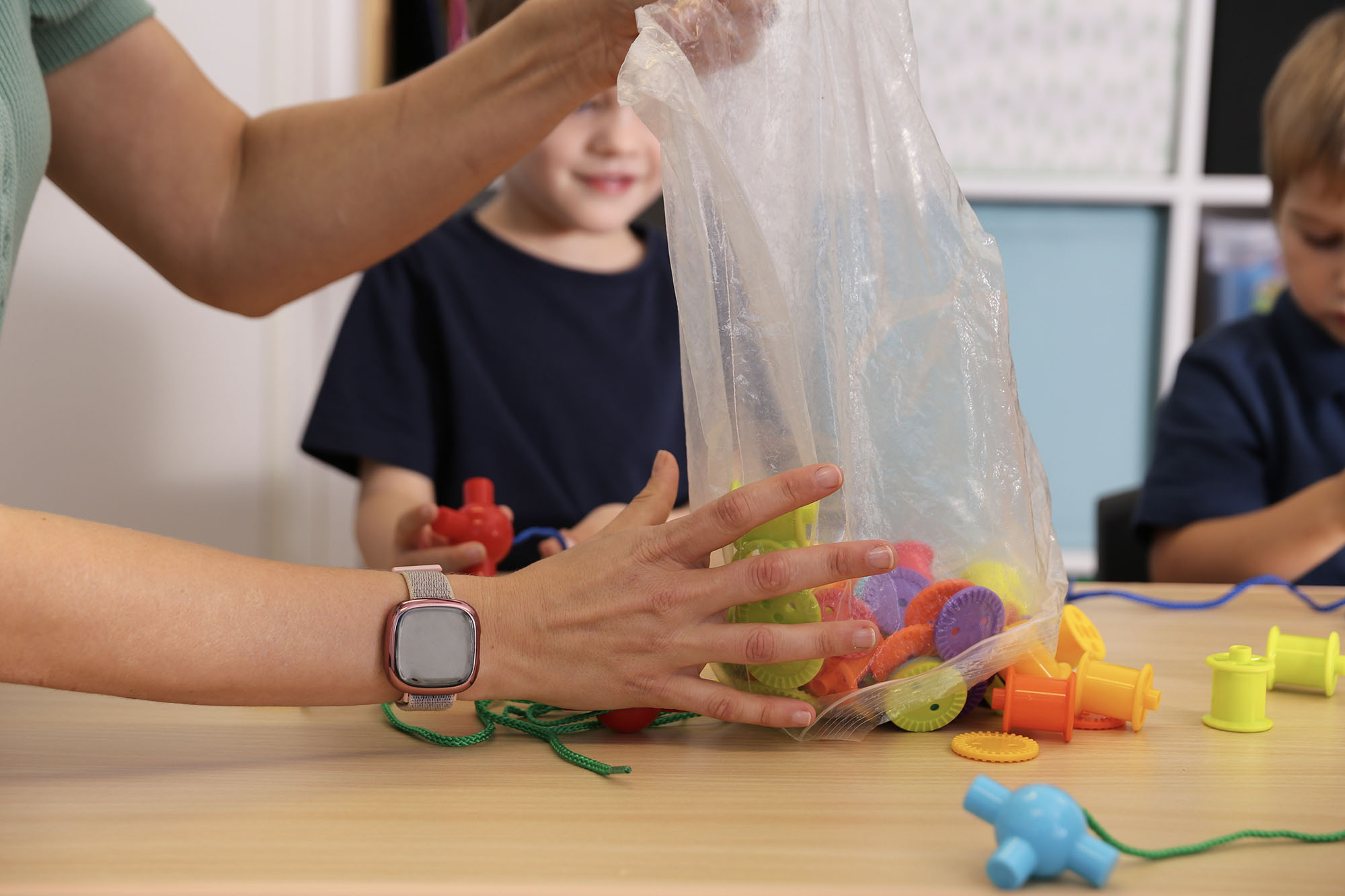- Occupational Therapy Services
- /
- Assistive Technology
Assistive Technology
Assistive technology is a device or equipment to help you do the things you find difficult because of your disability.
Types of Assistive Technology
There are many different types of assistive technology to support independence and/or participation in daily living tasks. Some of these include:
- Mobility aids – e.g. wheelchairs, walkers, prosthetics, orthotics
- Hearing aids and communication devices – eg. augmentative and alternative communication (AAC), closed captioning, picture exchange communication system (PECS)
- Posture and seating equipment
- Cognitive aids – e.g. devices to help with memory or attention
- Reading and writing aids – e.g. voice to text devices
- Tools – e.g. book holders, pencil grips
- Adaptive switches and utensils
- Specialised bikes and trikes

How can an occupational therapist help?
Occupational therapists are trained to assess a person’s capacity to participate in daily living activities. They are skilled at finding the right assistive technology for each individual based on their needs, circumstances and activities. Occupational therapists use clinical reasoning in their decision making when prescribing assistive technology, considering client interviews, assessments, observations and costs among other things. For example, they may observe a person doing a task with or without assistive technology, and trial different options to determine the best solution.










